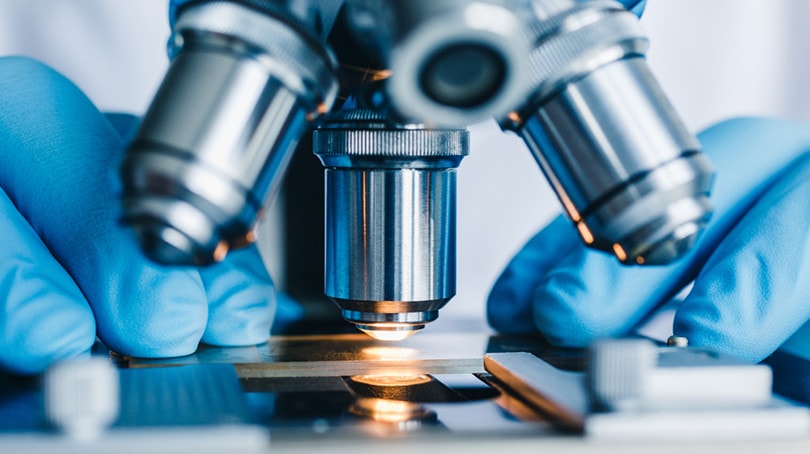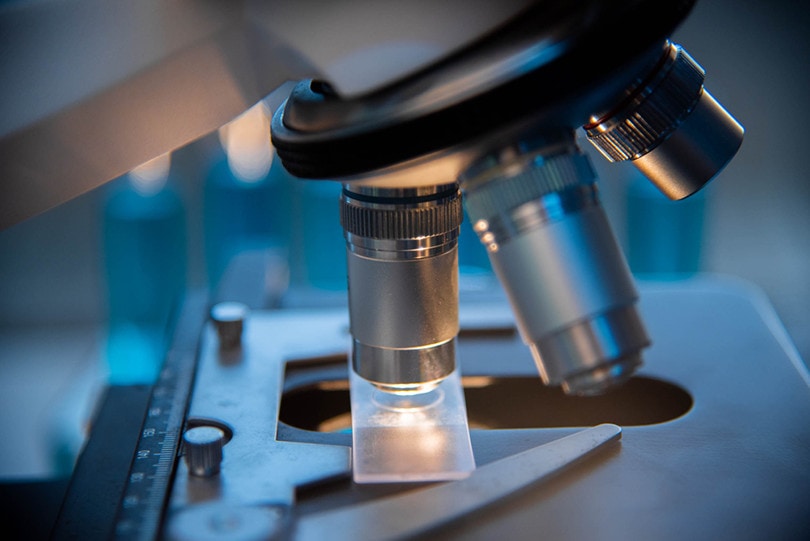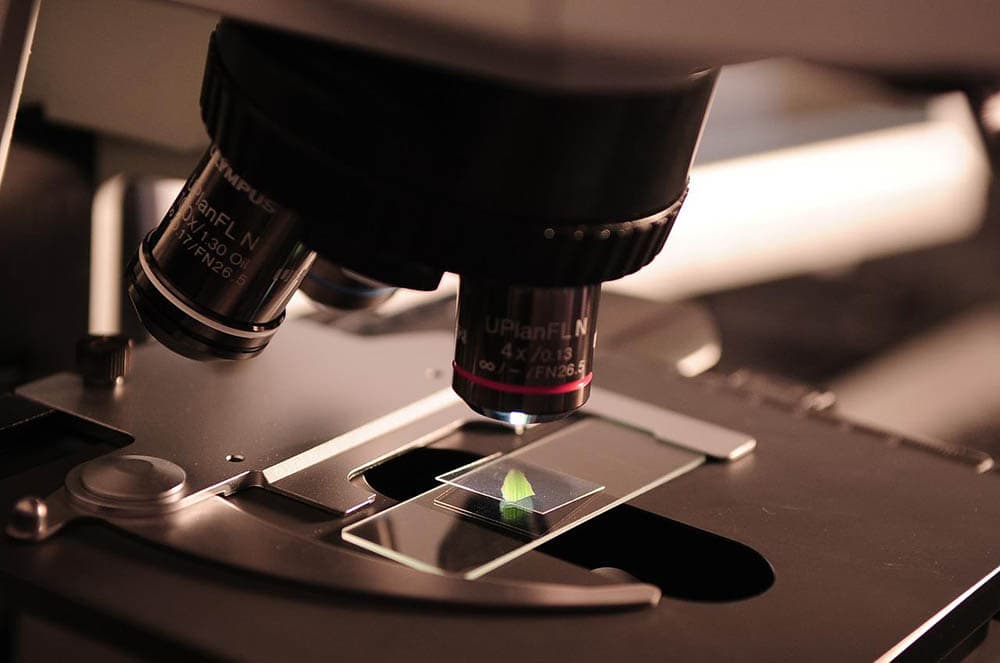What Is Working Distance In A Microscope? A Complete Guide
Last Updated on

If you know how to handle a microscope, you need to know what working distance is, as it’s essential to operate a microscope properly. While we will provide detailed explanations throughout the article, we want to explain this term first.
Working distance in a microscope is the required distance between the top of the object and the objective lens that gets your sample in focus. The working distance can vary depending on your lenses and their manufacturers.
As working distance is crucial for handling your microscope adequately, check out more details about it below.

How Does It Work?
When observing a specimen, it’s essential to know the proper working distance at which you should observe it. Some specimens may release toxic fumes or are not entirely flat, requiring you to set your lens further away than usual.
The microscope’s working distance can be a real advantage when you want to observe specimens where it’s desirable to have more distance from the object. Typically, the larger the magnification of your microscope, the working distance will be shorter. However, as magnification increases, the working distance decreases.
To change the working distance, you also need to change the objective lenses, which are fitted to the subject you’re observing. They can be either reducers or magnifiers, and they will adjust the working distance and magnification.
Changing your lens to an objective lens with higher power will increase the overall magnification while reducing the working distance. In the same way, if you change your lens to a reducing objective lens, it will lower the magnification, but it will increase the working distance.
The working distance can range from 50 mm up to 0.1 mm, and as the resolution, magnification, and numerical aperture increase, it decreases.

What Are the Different Types of Working Distances in a Microscope?
There are two different types of working distances in a microscope:
- Objective: This is the vertical distance from the closest surface of the observing object when the subject is in focus to the objective’s front lens. It represents the space you’re working with to place the specimen underneath the lens while getting a focus. Some objective manufacturers calculate the working distance measurements by including the thickness of the slide coverslip.
- Stage: This is the vertical distance you can get in focus when moving the tube, arm, or stage, either together or separately. When this gets combined with the working distance of the objective, it will determine how thick or big a specimen can stay while still being visible. If you want to observe larger subjects, using a long working distance is better.
Together, these types define the space you have to observe objects and specimens while providing your microscope with focus.
Where Is It Used?
People who work with subjects, tools, or samples have to use microscopes daily. Also, people who like to observe things under a microscope as a hobby should know about working distance. It’s crucial to have proper focus and a good working distance.
For example, if you need to observe a specimen, you need to move with tweezers or other tools during the observation; the job might require more space which is not possible within a short working distance.

Frequently Asked Questions (FAQs)
Below are some of the most frequently asked questions about working distance in a microscope.
How Is Working Distance Related to Magnification?
The working distance and magnification are closely related but are two separate terms. When the magnification increases, you need to move the lens closer to the subject to achieve a better image. Because of that, when the magnification is low, the ideal working distance is typically long. As you increase the magnification level, the working distance decreases.

What Is the Objective with the Least Working Distance?
The 100x objective lens has the lowest working distance. It’s commonly an oil lens, meaning it needs to be immersed in oil to attain the required numerical aperture. When using this lens, you must be very close to the slide coverslip to dip the tip of the objective nose cone in the oil without touching the slide.

Final Thoughts
Although the working distance might seem unimportant, it’s one of the key terms you need to know when handling a microscope. If you are worried about damaging your subject, increasing the working distance is always better. More magnification means the working distance will be shorter, while less magnification increases the working distance.
Featured Image Credit By: Konstantin Kolosov, Shutterstock
About the Author Visnja Radosavljevic
Visnja is a creative, adaptable content writer that covers various topics such as DIY, pets, home improvement, travel, gardening, and more. As a young mom and a college student, she didn’t have enough time to balance her personal and work life, so after multiple years of working a regular 9 to 5 job, she decided to pursue her passion and make a living out of it. She has been writing for a couple of years now, helping people to find valuable and interesting information online.
Related Articles:
How to Collimate Binoculars: 9 Expert Tips
Binocular Magnification Chart: Numbers & Distances Compared
How to Clean a Refractor Telescope: Step-by-Step Guide
How to Clean a Telescope Eyepiece: Step-by-Step Guide
What Is the Best Binocular Magnification for Hunting? Optical Features Explained
How to Clean a Rifle Scope: 8 Expert Tips
When Were Binoculars Invented? History, Today & Future
Monocular vs Telescope: Differences Explained (With Pictures)
